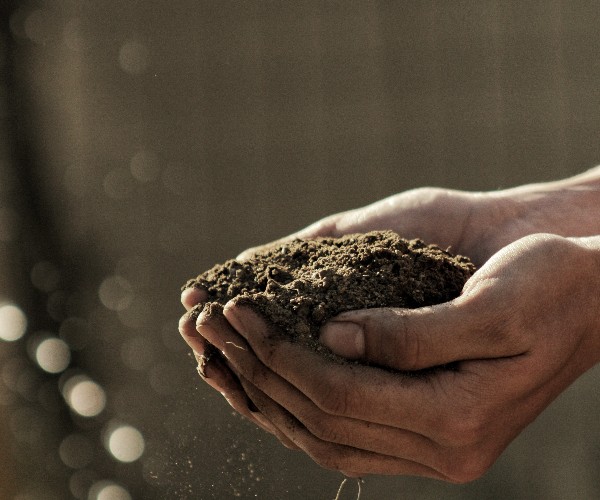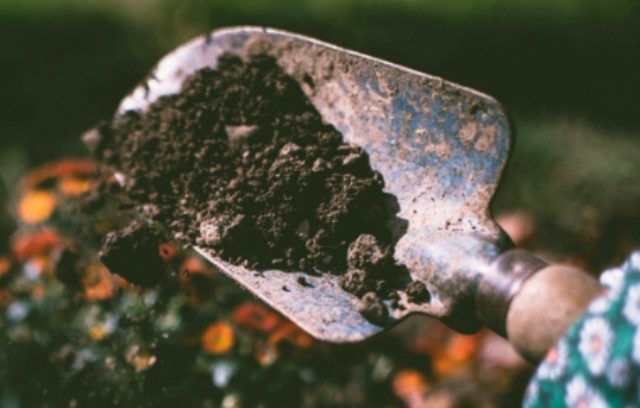
Approximately 95% of the world’s food is grown in the uppermost layer of soil, so without it, it simply would not be possible to give plants the nutrients they need to thrive. From developing a luscious lawn to growing vegetables and nurturing acid-loving plants, it’s essential to choose the right soil for the task at hand — as there are many different types to choose from. If you’re looking to prepare your soil for spring planting, look at our tips below.

Whether you are making new garden beds, adding (or replacing) a lawn, or creating raised beds with rich organic matter, you need to keep an eye on leaves, especially now as the weather begins to warm up. Annual weeds can often be easily eliminated by hand or with a hoe, but some stubborn perennial weeds may require weedkiller. Depending on the scale of the task ahead of you, it’s important to remember that certain weeds redevelop from minuscule portions that are left behind, so be as meticulous as possible.

Having good quality topsoil is critical. If you’ve just moved into a new home or are concerned with your new build’s boggy lawn, it’s essential to check the quality at the earliest stage. High-quality topsoil will crumble in your fingers and feel gritty. If your soil is too hard, you likely have low organic matter, whilst soil that clumps up into balls is usually far too rich in clay. If you have poor-quality topsoil, it’s best to make a fresh start. Our multi-purpose topsoil is BS3882:2015 compliant. It’s entirely free of contaminated waste, glass, or building material residue and devoid of invasive weeds such as Japanese Knotweed — one of the most invasive plants in the UK. We have it screened to 10 mm, bagged and delivered to our yards in Olney and St Albans for distribution.

Soil cultivation can be hard work, but it’s a job worth doing. All bare soil is suitable for cultivating (or digging); however, it’s not best to dig too close to plants as you may damage roots. This digging technique is proven to improve soil structure by lessening compaction, providing the opportunity for fertiliser, manure, and lime to be applied.

We know how tricky it is to calculate the exact amount of topsoil you need for your lawn or raised bed, so if you’re looking to place an order of quality topsoil, be sure to take advantage of our calculator. Depth is very important, so as a rule of thumb, when you’re filling a garden bed, you will most likely want at least 6 inches of topsoil, whilst a new lawn is likely to require a layer of 3-6 inches before sowing seed.
If you’d like to learn more about our topsoil products or need some advice on choosing the right type for your project, we’re always on hand to help. Call our friendly team today on 01234 714 555.